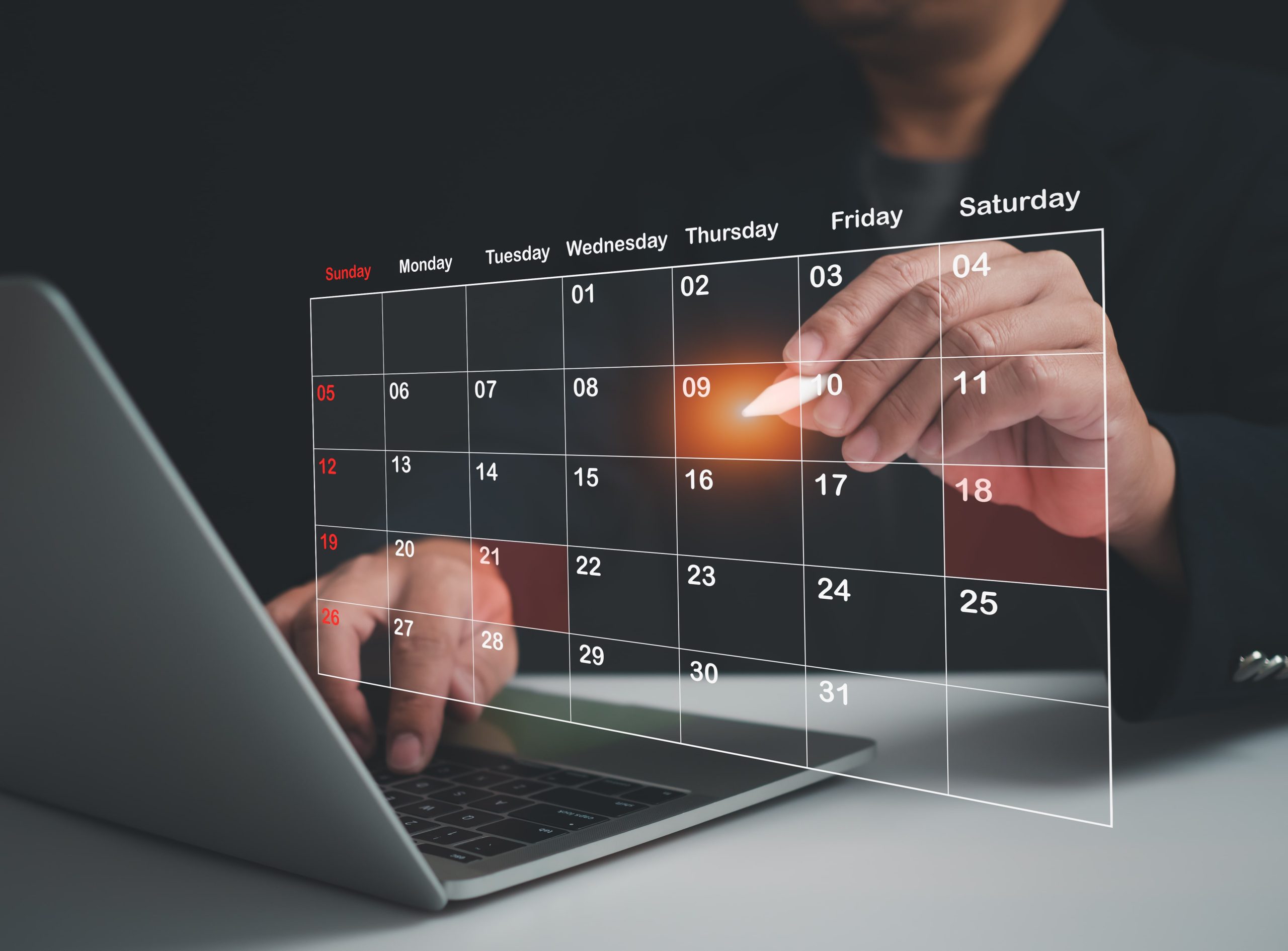Hospitals can cut falls and sitter costs with privacy-first monitoring. Analyze signals on-premise, send events (not recordings), and expand only after metrics improve. The payoff: safer wards and a smaller compliance footprint. Learn how our healthcare software development services deliver HIPAA-ready monitoring programs.
Why this matters (and the stakes)
Hospital falls haven’t gone away. Epidemiologic reviews put fall rates at 3–5 per 1,000 patient-days, translating to 700,000–1,000,000 inpatient falls each year in the U.S. A single fall can add ~$35,000 to a hospitalization – before factoring in human cost and length of stay. PSNet+1
Behavioral health units carry another risk: elopement-patients leaving care areas unsupervised. It’s a well-recognized safety concern that demands proactive cues at doors and thresholds. medpro.com
The 2026 shift: from video to signals
What’s new isn’t more cameras – it’s less data. Edge/room devices can spot specific patterns (rising from bed, crossing a doorway, sudden agitation) without recording or exporting video. Programs that escalate to virtual sitters when needed have shown substantial impact – reports cite up to 49% fewer falls and multi-million-dollar annual savings as 1:1 sitter hours drop. Systematic reviews also note consistent cost reductions compared with constant observation. Epic Share+1
Privacy by design (so compliance is calmer)
- Events, not footage. Send a structured alert (“bed-exit likely; Room 412; 02:13”) rather than continuous video.
- Local processing. Keep analysis on-premise to minimize data leaving the room. See how we integrate on-prem analytics in our application and platform development solutions.
- Default to no storage. Only record in clearly defined, policy-approved scenarios.
- Minimum necessary. Keep the least data required to act; this aligns with HIPAA’s privacy standard. HHS.gov
Reminder: Images and video can be PHI; treat signage, access, and retention accordingly. The HIPAA Journal
What “good” looks like (practical)
- Bed-exit cues before the fall. Predictive posture/motion patterns page staff seconds earlier than pressure mats. Studies on enhanced bed-exit systems show falls reduction associations versus baseline. PubMed
- Threshold/doorway alerts. For elopement risk, quietly alert when high-risk patients near exits; escalate to a virtual sitter if behavior looks unsafe. medpro.com
- Noise + posture fusion. Combine raised-voice spikes with erratic movement to prioritize interventions without swamping nurses.
- Virtual sitter on-demand. If the alert needs eyes, route to a centralized observer – no ward sprinting unless necessary. Evidence shows falls and sitter costs decrease compared with 1:1 observation. PubMed
The 30-day rollout (that doesn’t disrupt care)
Week 1 – Find the hotspots
- Pull last quarter’s falls and “near misses.”
- Identify 4 rooms to pilot (night shift, high-risk patients).
- Define do-not-store as the default.
Week 2 – Install & calibrate (edge-first)
- Turn on on-premise analytics; send events only: bed-exit likely, threshold crossed, agitation.
- Add clear signage per policy; brief staff on what will (and won’t) be captured.
Week 3 – Add escalation & observability
- One tap escalates alerts to a virtual sitter for live confirmation.
- Track falls, false alarms, response time, sitter hours, and alerts per 12-hour shift.
Week 4 – Review & expand
- Compare outcomes vs baseline.
- Tune thresholds that over-alert.
- Expand to 12 rooms only if metrics improve two weeks in a row.
Scoreboard: the metrics that matter
- Falls per 1,000 patient-days (unit & hospital level)
- Falls with injury (absolute and rate)
- False-positive alerts per shift
- Average response time to alerts
- 1:1 sitter hours vs virtual sitter hours
- Cost per avoided fall (program view)
For context, fall prevention programs have documented net avoided costs and multi-million-dollar savings at scale; one analysis reported $14,600 avoided per 1,000 patient-days and $22M total savings in its cohort. Your numbers will vary – measure at your hospital. PMC
Guardrails your teams will sign
- No default recording; event logs only.
- Role-based, time-boxed access to any live view.
- Signed links & full audit trails (who, when, why).
- Red-team tests for link sharing, room-name leakage, and alert tampering.
- AHRQ fall-prevention toolkit practices remain in place (rounding, footwear, environment). Technology augments, not replaces, the basics. AHRQ
Common questions (plain answers)
The business case in one slide
- Safety: Fewer falls and elopements, faster response
- People: Less sitter strain, better nurse focus
- Cost: Lower 1:1 sitter hours; avoided fall costs
- Risk: Minimal data footprint; simpler audits
Where Prologic fits
We deploy privacy-first safety programs: edge analytics, event-only alerts, optional virtual sitter escalation, and dashboards your quality team trusts. Learn more about our healthcare industry solutions. We start with a four-room pilot and scale by proof, not promise.
Get Your Privacy-First Safety Monitoring Starter Pack
Access our proven checklist for edge analytics, event-only alerts, and metrics dashboards that keep patients safer without recording faces.
Request a Quote to start a four-room pilot today.











